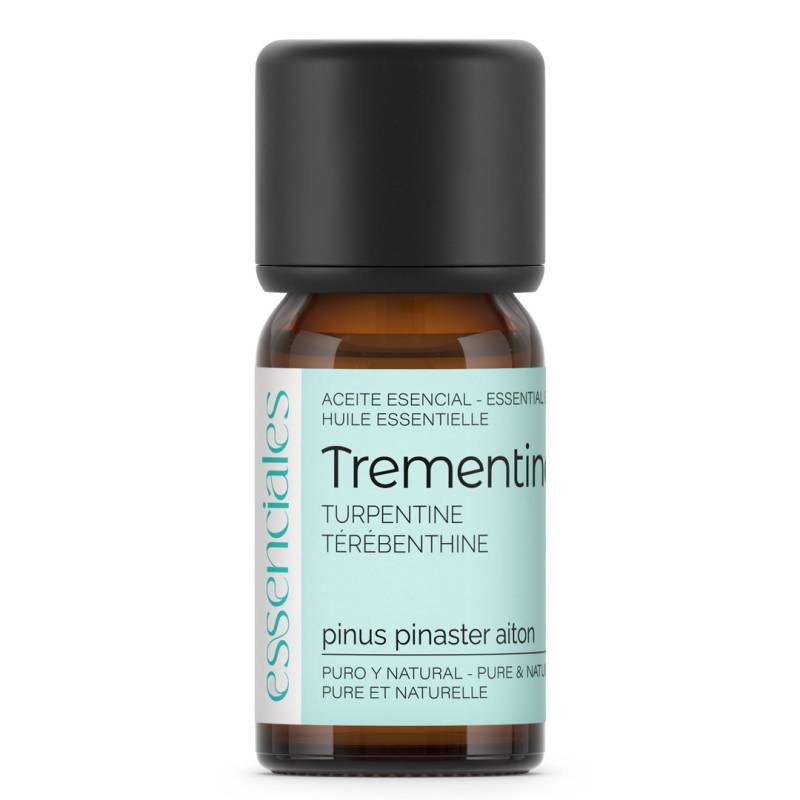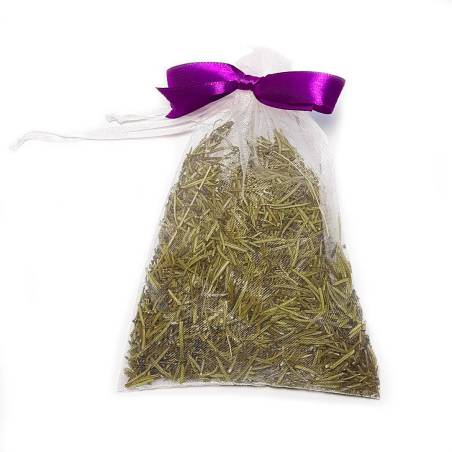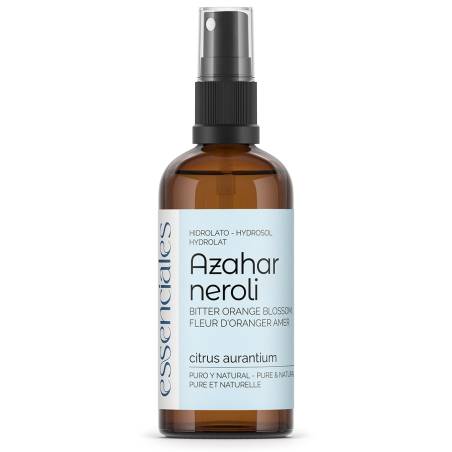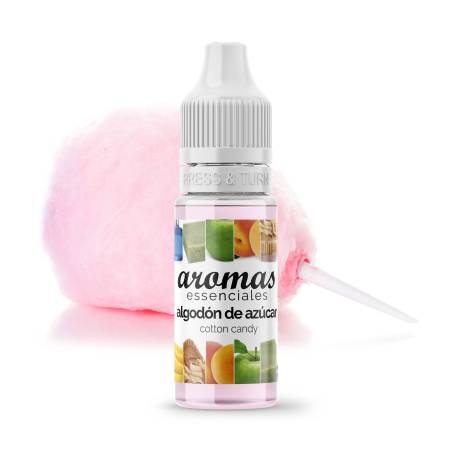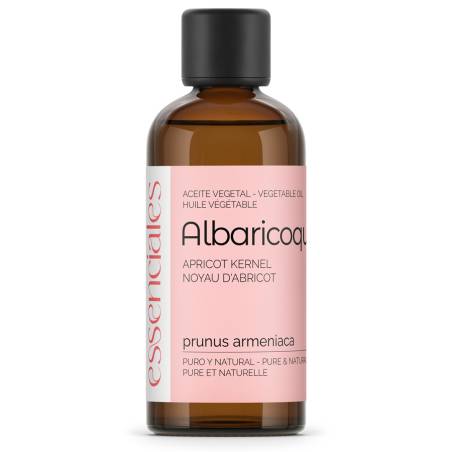Turpentine Essential Oil (Pinus pinaster)
A natural distillate obtained from the resin of certain pine trees, particularly the maritime pine. It is an oily, transparent liquid, extremely potent in its therapeutic action. With a sharp, penetrating aroma, it evokes the fresh and vigorous notes of a pine forest, with a resinous touch that reminds one of wood and balsam. This energetic aromatic profile has a revitalizing and stimulating effect on both body and mind.
Therapeutic Properties and Uses
Turpentine essential oil is renowned for its many medicinal properties: it is an antiseptic, anti-inflammatory, expectorant, antifungal, diuretic, and antiparasitic, among others. Historically, it has been used to combat respiratory infections, muscle issues, and rheumatic conditions. It is especially useful for treating bronchitis, colds, and sinusitis, thanks to its ability to decongest the respiratory system.
The main use that physiotherapists give it is as an anti-inflammatory and analgesic agent for muscle and joint pain, due to its ability to improve circulation and relieve tension. Massages with a turpentine dilution are commonly used to treat rheumatism, arthritis, and chronic pain.
Cosmetic Recipes
-
Relaxing Muscle Balm:
- 10 ml of tamanu oil
- 5 drops of turpentine essential oil
- 5 drops of wintergreen essential oil
- 5 drops of lavender Mix the ingredients and gently massage onto the sore areas.
-
Revitalizing Bath Oil:
- 10 drops of turpentine
- 5 drops of eucalyptus
- 5 drops of Scots pine
- 1 cup of Epsom salts Add the mixture to the bath water to relax tense muscles and clear the airways.
-
Purifying Body Scrub:
- 1 cup of brown sugar
- 2 tablespoons of coconut oil
- 3 drops of turpentine essential oil
- 2 drops of tea tree oil Apply this mixture to damp skin in circular motions to stimulate circulation and purify the skin.
Natural Remedies
-
Compress for Rheumatic Pain: Mix 3 drops of turpentine essential oil with 10 ml of jojoba oil and apply on painful joints using hot compresses.
-
Inhalation for Respiratory Congestion: In a bowl of hot water, add 2 drops of turpentine, 2 drops of eucalyptus, and 2 drops of ravintsara. Inhale the steam for 10 minutes to relieve nasal congestion.
-
Antifungal Foot Treatment: Mix 2 drops of turpentine oil with 5 ml of coconut oil and apply to affected nails or fungal areas. Use twice daily.
ESSENTIAL OILS DILUTION GENERAL GUIDE
Use in Physiotherapy
Physiotherapists often use this oil in combination with other vegetable or essential oils to treat chronic pain associated with rheumatism and arthritis. Its ability to improve blood and lymphatic circulation makes it a perfect ally for massages aimed at reducing inflammation and muscle pain.
One of the most common applications is to dilute 2-3 drops of turpentine in a carrier oil such as almond or sesame, and gently massage the affected area. This treatment not only alleviates pain but also improves mobility in stiff joints.
Expert notes:
"This essential oil is one of the most concentrated and powerful in aromatherapy. Therefore, it should be used in small amounts, which will be very effective even when other remedies fail. It is truly one of the best-kept secrets to help the body fight infections, parasites, and fungi."
As poet Walt Whitman said in his Song of Myself: "I am satisfied to observe, to enjoy the earth and the fragrances of the air..." The robust aroma of turpentine connects us with nature, inviting us to breathe deeply and feel the earth beneath our feet as we release tension and pain.
The use of turpentine essential oil in other professional fields
Turpentine essential oil is a versatile natural resource with various uses beyond the wellness sector, especially in industries seeking eco-friendly and sustainable solutions.
- Paints and Varnishes
Turpentine is a preferred natural solvent in the natural oil-based paint, offering a renewable alternative to harsher synthetic solvents. It is used for cleaning brushes, thinning paints, and improving varnish application, promoting a more fluid and eco-friendly painting process. This reduces reliance on synthetic chemicals in both art and construction.
- Furniture and Art Restoration
In the restoration of antique furniture and art pieces, turpentine shines as a natural cleaner that preserves heritage without damaging the original materials. It effectively removes old varnishes and cleans wood delicately, maintaining the natural character of the pieces while avoiding harmful chemicals. Its plant-based origin makes it ideal for those seeking sustainable restoration methods.
- Wood Treatment
Turpentine can be used as a natural wood treatment, replacing industrial chemicals. When mixed with vegetable oils like linseed oil, it creates a natural barrier against moisture, insects, and mold, extending the life of wooden structures exposed to the elements. This is an eco-friendly alternative to conventional products that often contain toxic substances.
- Cleaning
Turpentine also excels in eco-friendly cleaning within high end settings. Its natural solvent power is used to clean heavy machinery, metal parts, and industrial surfaces without the need for harmful synthetic products. This promotes efficient and sustainable cleaning, reducing dependency on petroleum-derived products.
In all these applications, turpentine not only provides effective solutions but also respects natural balance, making it an excellent choice for those looking for more eco-conscious and responsible practices.
Safety Notes
- Should not be used in large quantities or for prolonged periods.
- Must be diluted in a carrier oil to avoid skin irritation.
- Not recommended for pregnant or breastfeeding women.
- Avoid contact with eyes and mucous membranes, and do not ingest without medical supervision.
Turpentine oil is a powerful ally in the treatment of various ailments, but it should always be used with caution and knowledge.
Storage of Essential Oils
Blends well with Wintergreen, black pepper, and cinnamon.
